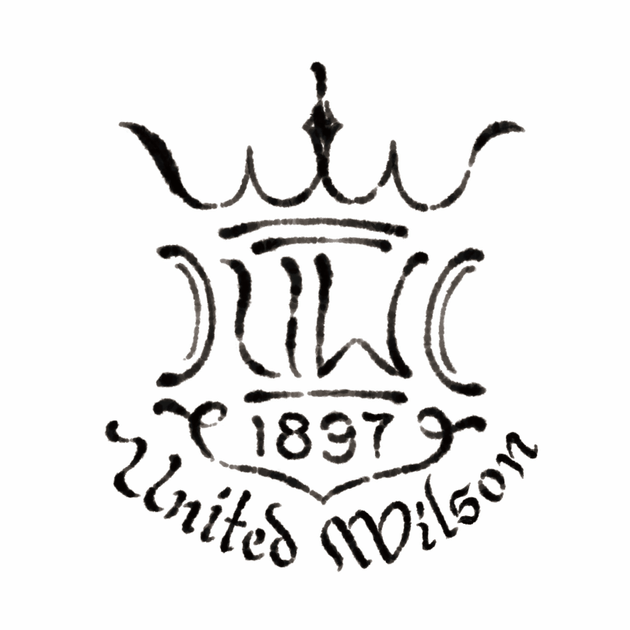
Motif & Patterns
Motifs & patterns in porcelain, especially antique pieces, is often more than decoration; it represent an important aspect of its cultural and historical significance. In many cultures, certain symbols and patterns have been used for centuries to convey specific meanings and messages. These symbols can convey a sense of tradition and cultural heritage, as well as expressing deeper meanings about the natural world, human relationships, and the cycle of life.
For example, in Chinese porcelain, flowers are often used as motifs to symbolize different aspects of nature and human life. Peonies, for example, symbolize wealth and prosperity, while chrysanthemums symbolize autumn and a long life. The use of these flowers on porcelain not only adds visual beauty to the piece, but also communicates cultural values and beliefs.
Similarly, birds are often depicted as motifs on porcelain in many cultures, and they can symbolize different things depending on the species and the context. In Chinese culture, phoenixes symbolize renewal and the cyclical nature of life, while cranes symbolize good fortune and longevity. These symbols can convey complex cultural beliefs and values, and the use of these motifs on porcelain can impart a sense of depth and meaning to the piece.
Other common motifs on porcelain include landscapes, calligraphy, and geometric patterns. Each of these can carry different symbolic meanings as well. For example, landscapes can symbolize the beauty of nature and the connection between humans and the natural world, while calligraphy can convey messages of wisdom and cultural heritage.
Explore Our World of Motif & Pattern
United Wilson Porcelain Fty.
Flat D, 11/F, Block 2, Kingley Industrial Building,
33 Yip Kan Street, Wong Chuk Hang
Hong Kong








